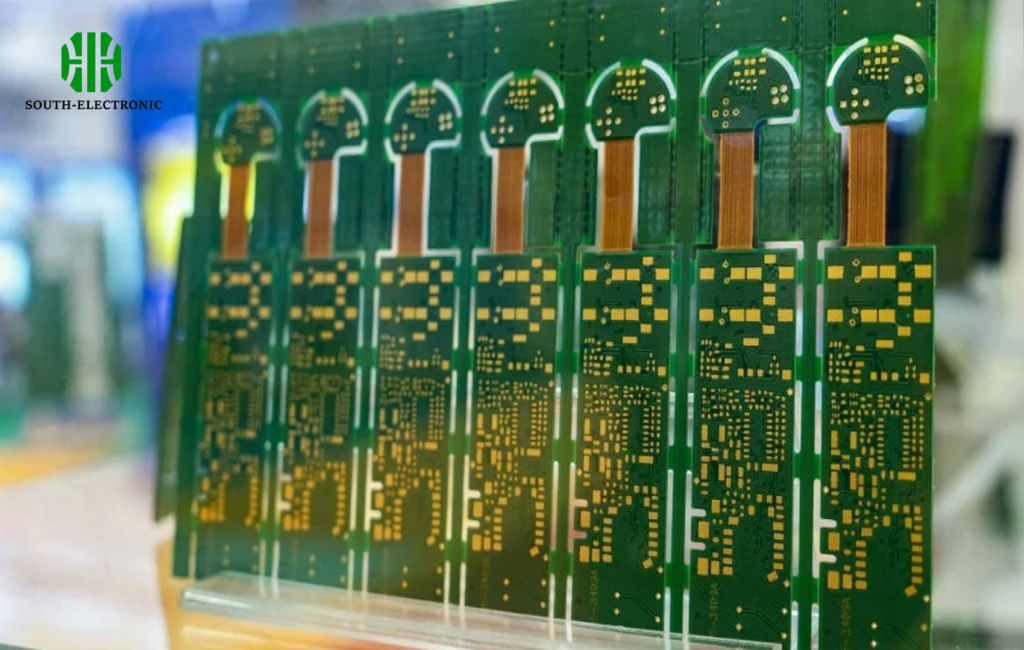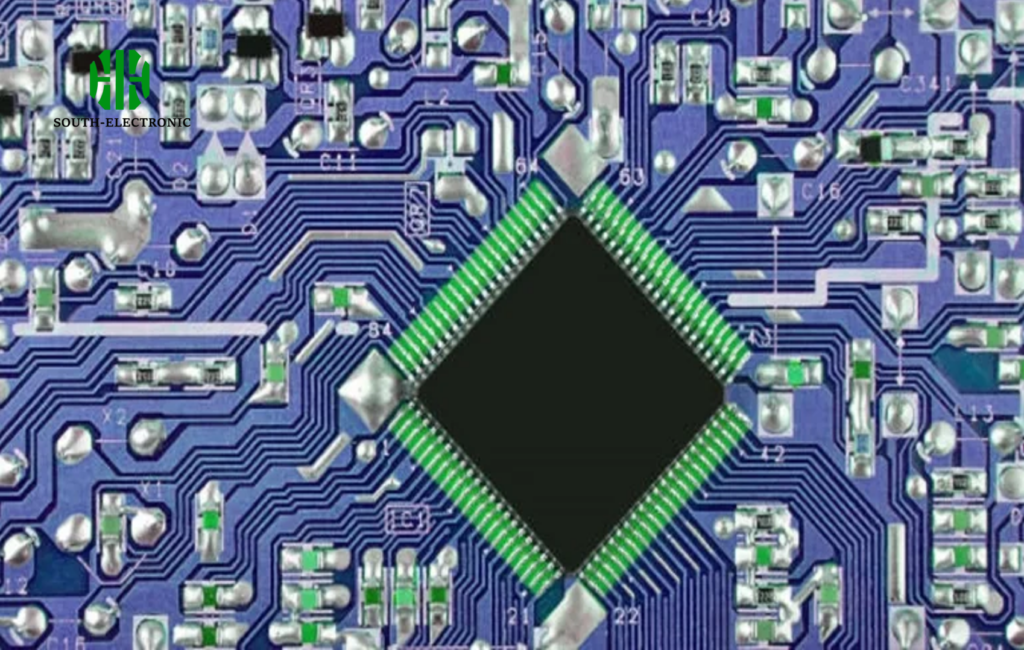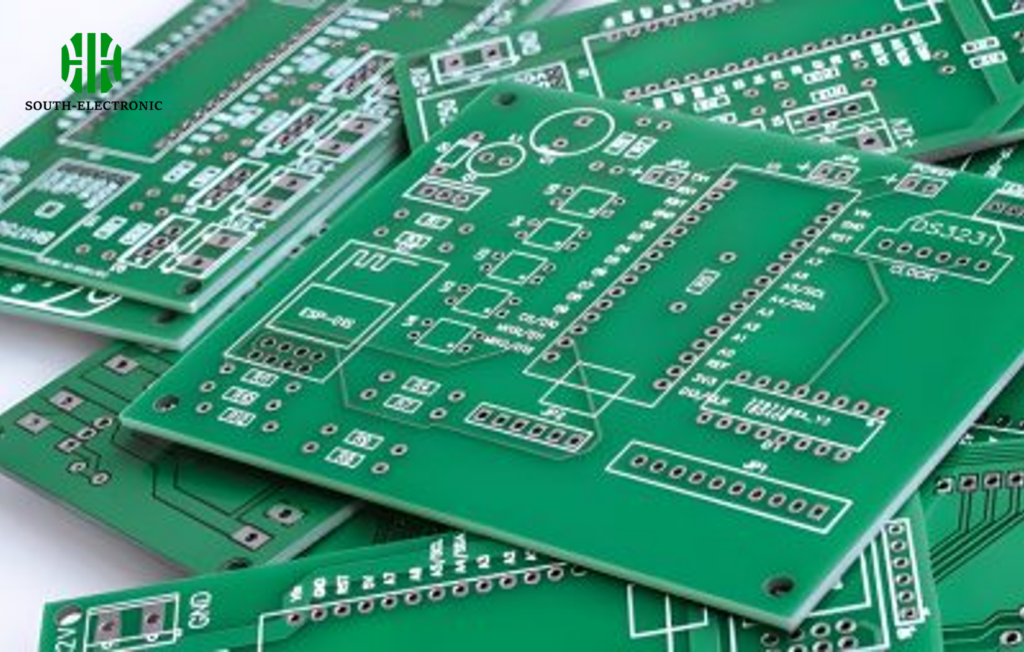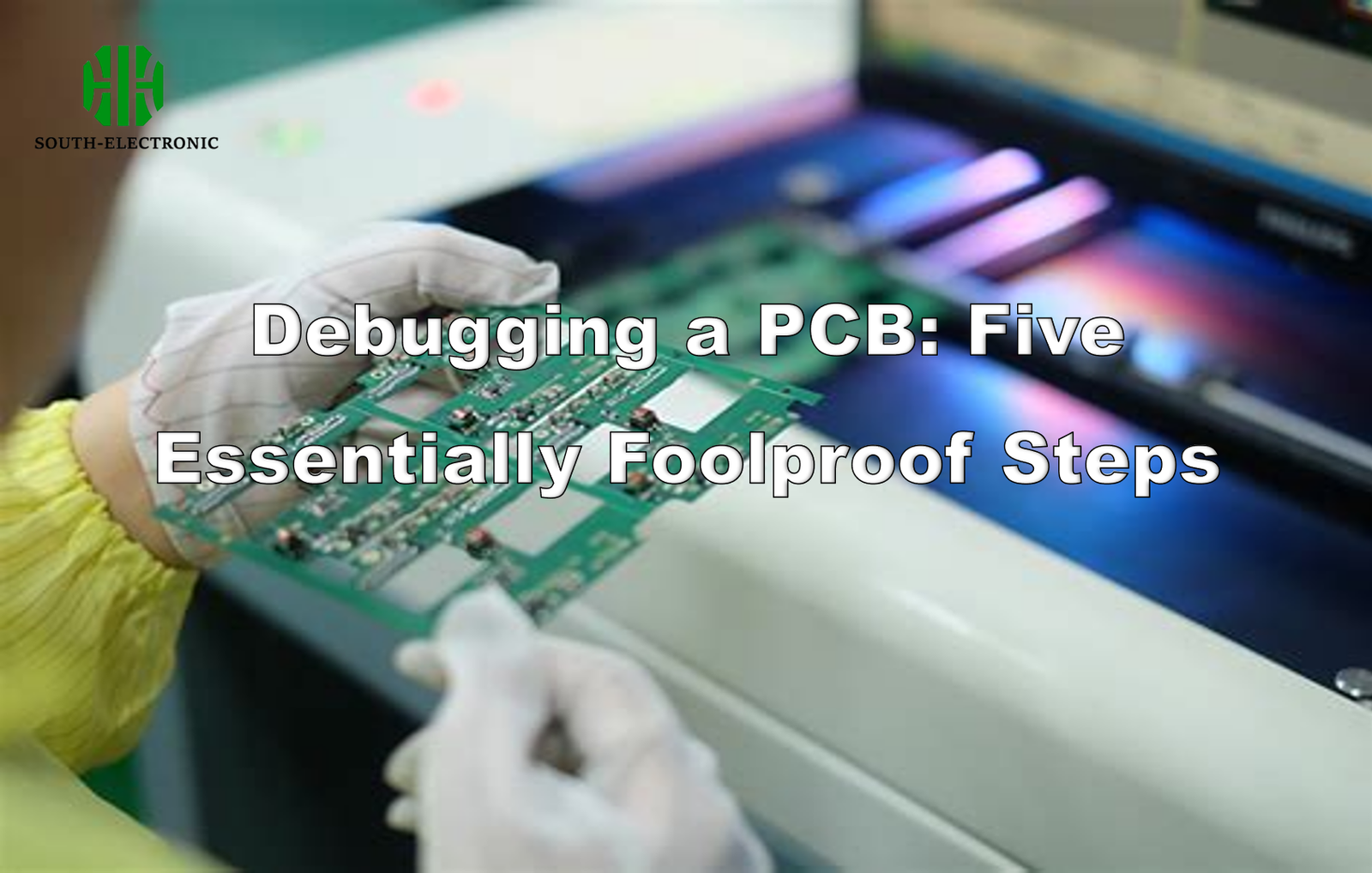Engineers! You’ve debugged your PCB, yet problems linger. My tech friends face this daily – it’s frustrating and wastes hours.
Consistent PCB issues after debugging happen due to skipped pre-checks, unsafe power-on habits, and unorganized troubleshooting. Follow these verified steps to save time and avoid component damage permanently.

Stop guessing why errors keep coming back. These 5 battle-tested sections will build your debugging foundation from the ground up.
Are You Skipping the Pre-Power Check?
Powering on immediately? Disaster awaits! Burnt components and short circuits often trace back to this rookie mistake.
Always verify wiring integrity and component placement before applying power. I use multimeter continuity checks – they catch 95% of installation errors. Remember to test power input impedance first!

Critical Pre-Power Stages
Visual Checks
| Stage | Tool | Critical Mistake to Avoid |
|---|---|---|
| Wiring Verification | Magnifying glass | Ignoring overlapping net labels |
| Component Polarity | Datasheet | Trusting top-view pinouts |
| Short Circuit Check | Multimeter | Skipping power-ground impedance |
Physical inspection prevents 70% of failures. First, scan for wiring misalignments under bright light – my USB port disaster happened due to crossed traces I missed. Next, validate polar components like electrolytic capacitors: reverse installation causes instant failure. Finally, measure input impedance; any reading under 1KΩ signals danger. I now include test points for every power rail. Debugging always starts safely.
Do You Know How to Power On Safely?
See smoke during power-up? I’ve been there. Rushing this phase kills boards permanently. Slow down.
Implement triple-layer verification: visual inspection for smoke/odors, static DC measurements, then dynamic signal testing. Never skip voltage checks before fully connecting loads.
%Smoke test illustration
Phased Power-on Methodology
Use this proven sequence:
Step 1: Sensory Checks
Power on for ≤3 seconds while watching for smoke and smelling for burnt plastic. Touch ICs – unexpected heat indicates immediate shutdown. This saved my TI processor last month.
Step 2: Static Analysis
With no input signals, measure DC potentials at test points using your multimeter. Compare against theoretical values. [我的见解] Voltage deviations >10% reveal damaged components. Fix these before proceeding.
Step 3: Dynamic Validation
Inject test signals (start with 1KHz sine waves) while probing outputs with DC-coupled oscilloscopes. Capture screenshots at each stage for comparison. Always double-check ground connections first – most waveform distortions originate here.
Are Your Debugging Steps Organized?
Random probing creates chaos. Systematic documentation halved my debug time.
Always diagram test points, prepare data tables, and sequence checks by signal flow. Organized workflows prevent missed steps during complex debugging.

Structured Approach Blueprint
Implement these core practices:
Workstation Rules
Designate anti-static zones with clear instrument placements
Never eat/drink near boards (my coffee spill killed a $200 FPGA)
Label every probe tip to avoid cross-connections
Test Sequencing
Programmable logic verification (isolated from analog circuits)
Power subsystem stress testing
Signal chain validation from input → output
| Stage | Instrument | Critical Metric |
|---|---|---|
| Logic Validation | Logic Analyzer | Timing margin >15% |
| Power Stress Test | DC Load Tester | Ripple <5% of Vout |
| Signal Chain Analysis | Oscilloscope | Waveform distortion circuit BW by 5× |
2.Measure voltage across resistors instead of direct current
3.Document every reading immediately (memory fades fast)
| Error Source | Mitigation Technique | Impact If Ignored |
|---|---|---|
| Impedance Mismatch | Use 10× probes | Signal amplitude errors |
| Ground Loops | Single-point grounding | 60Hz hum in readings |
| Probing Load | High-Z passive probes | Waveform distortion |
Never estimate values – measure twice before acting.
How to Locate and Fix Faults Efficiently?
Randomly swapping components? My mentor taught me: troubleshooting is forensic science, not gambling.
Follow signal flow systematically using comparison methods and isolate sections via substitution. Document each test – patterns emerge faster.

Advanced Fault Isolation Toolkit
Apply these hierarchical methods:
| Technique | Best For | Implementation Tip |
|---|---|---|
| Signal Tracing | Multi-stage circuits | Inject 1kHz sine wave at input |
| Comparison Method | Recurring failures | Keep a "golden board" for reference |
| Short-Circuit Probe | Open-circuit faults | Briefly jumper suspected breaks with wire |
Always start visually: scan for cracked resistors or bulging capacitors under magnification. Next, measure static operating points – deviations >20% indicate faulty components. For elusive issues, I use substitution: swap suspect ICs with known-good units. Last week, bypassing a noisy power section with capacitors isolated a decoupling failure in 10 minutes. Never re-solder randomly – diagnose thoroughly first.
Conclusion
Following these structured debugging procedures prevents recurring PCB issues. Document every step – your future self will thank you during midnight repairs.



